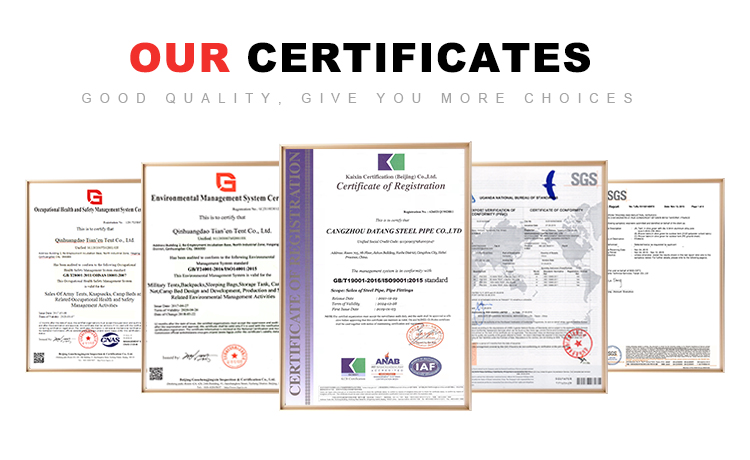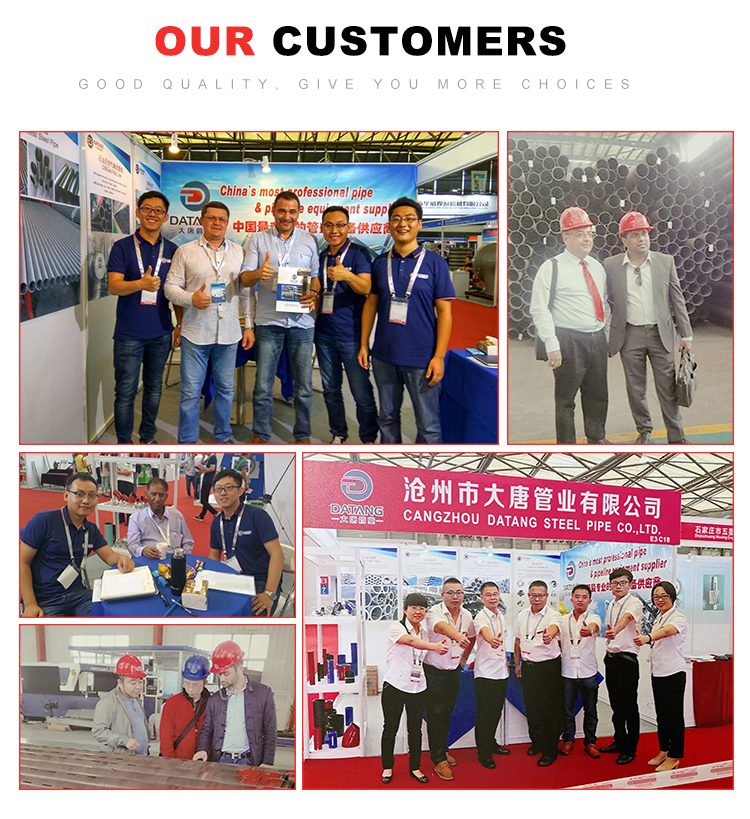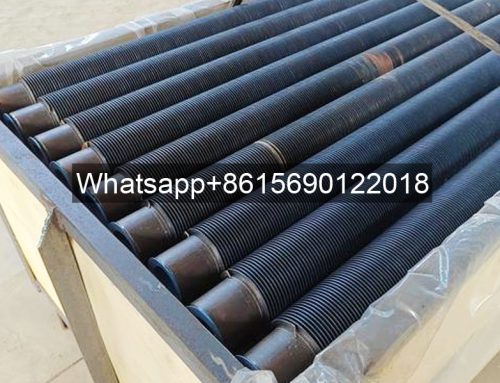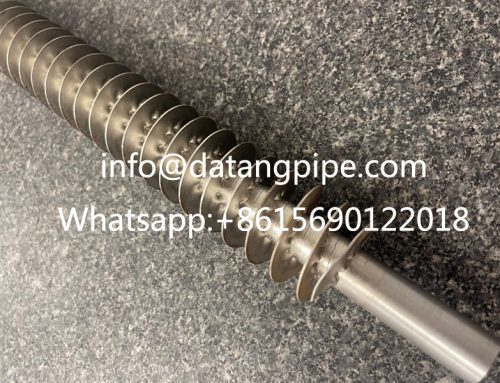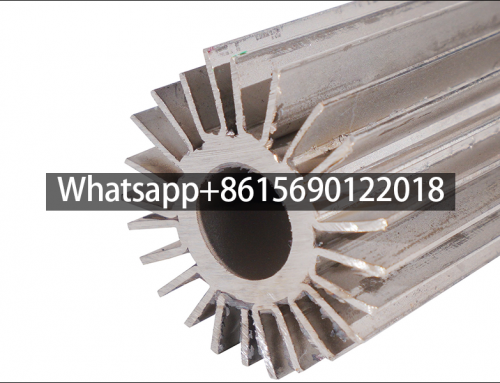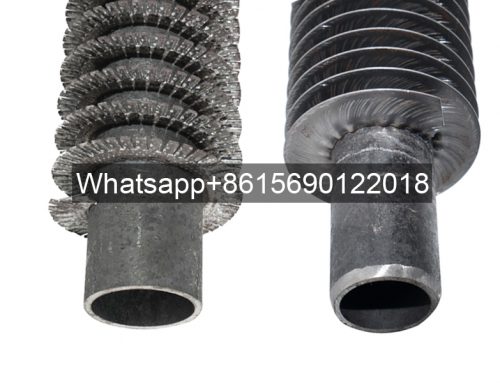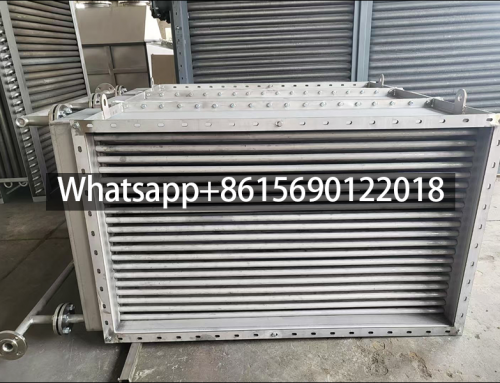How to choose the size of finned tubes
The size of finned tubes is usually determined by the pressure drop and heat transfer requirements on the tube side, and the selected fin material needs to consider the temperature and corrosion characteristics of the fluid on the fin side.
The size of finned tubes is mainly determined by the pressure drop and heat transfer requirements on the tube side, which directly affect the design and performance of finned tubes. Tube side pressure drop refers to the pressure drop generated when the fluid flows in the tube, which affects the energy efficiency of the system and the stability of the fluid flow.
The heat transfer requirements determine the heat transfer efficiency that the finned tube needs to achieve, which is directly related to the design size and shape of the finned tube. Therefore, when designing and selecting finned tubes, these two factors must be considered comprehensively to ensure that the finned tubes can meet specific industrial or application requirements.
The selected fin material is another key factor, which directly affects the corrosion resistance, thermal conductivity and cost of the finned tubes. The choice of fin material needs to be determined based on the temperature and corrosion characteristics of the fluid on the fin side. For example, in air or sulfur-free flue gas where the temperature is not too high or too low, copper and aluminum are commonly used fin materials because they have good thermal conductivity and corrosion resistance.
In sulfur-containing flue gas, steel or alloys are more suitable as fin materials because they can better resist corrosion. In addition, the height, pitch and thickness of the fins are also adjusted according to the given appropriate outer and inner heating area ratio. These parameters are limited by the scaling or heat transfer characteristics of the fluid on the fin side, as well as the process conditions or manufacturing technology.
In practical applications, the common materials for fins of fin tube heat exchangers include aluminum fins, copper fins, stainless steel fins and titanium fins.

Aluminum Fin,Aluminum extruded finned tube,finned tube suppliers
Aluminum fins are widely used because of their good thermal conductivity and corrosion resistance as well as relatively low prices.
Tube Material:Carbon Steel,Stainless Steel,Alloy Steel, Aluminum,Copper
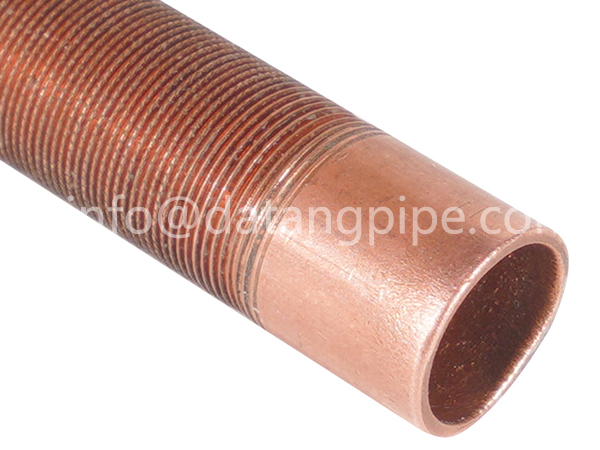
Internally threaded low fin tube,low fin tubes for heat exchangers-Datang Fin Tube
Copper fins have better thermal conductivity, but the price is relatively high, and are usually used in occasions with high requirements for heat exchange performance.
Material:Red Copper T2/TP2,Cupronickel B7,Copper Nickel Iron Alloy BFe 10-1-1,BFe 30-1-1,Complex Brass Hsn 70-1,HA177-2,Carbon Steel,Stainless Steel,Titanium
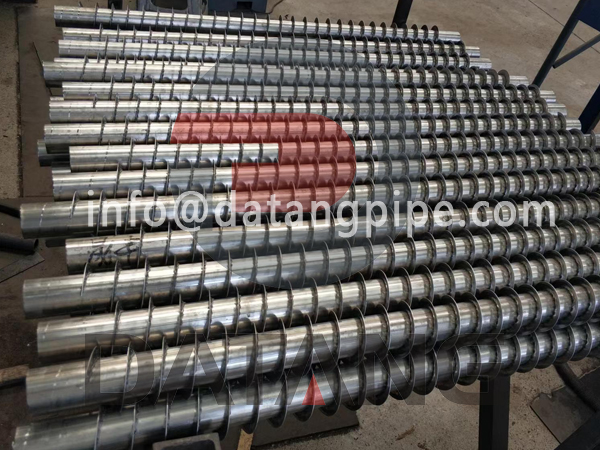
304 fin tube,stainless steel finned tube,welded fin tubes,spiral fin tube,helical finned tube-fin tube manufacturing company Datang
Stainless steel fins and titanium fins have good corrosion resistance and wear resistance and excellent corrosion resistance and high temperature performance, respectively, and are suitable for some harsh working environments or special fields.
The adjustment of fin height and fin pitch is based on a given appropriate ratio of outer and inner heating areas to meet specific heat transfer requirements. The fin pitch is limited by the scaling or heat transfer characteristics of the fluid on the fin side, while the fin height may be limited by process conditions or manufacturing technology.
Fin thickness is a geometric parameter, which is determined by the fin type and manufacturing process.
The pipe diameter and wall thickness determine the pressure bearing capacity and temperature resistance of the fin tube radiator. The pipe diameter is generally between 6mm-25mm, and the wall thickness depends on the specific situation. In high pressure or high temperature environments, fin tubes with larger diameters and thicker walls should be selected.
The requirements for heat dissipation area and heat exchange efficiency are met by selecting appropriate diameters and lengths. Common diameter specifications include 22mm, 25mm, 32mm, 44mm, 60mm, etc., and common length specifications include 1m, 1.2m, 1.5m, etc.
In summary, the design and selection of finned tubes is a process that comprehensively considers multiple factors, including specifications and dimensions, fin material selection, etc., to ensure efficient operation and long-term stability of finned tube heat exchangers.
Fin tube Inspection Packing
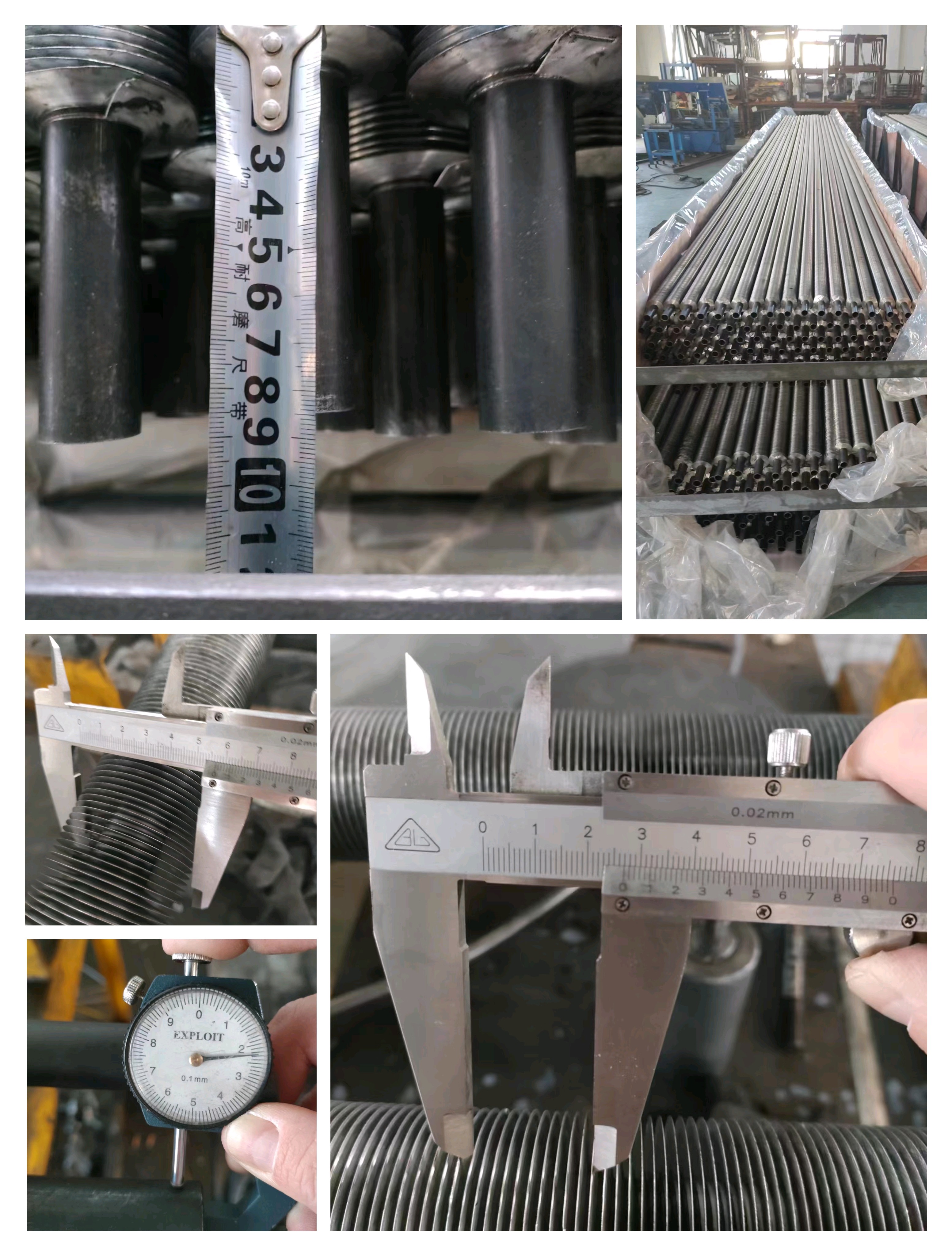
Additional Info
Payment Terms:T/T, LC
Delivery: 15-30 days after payment
Marking: Standard + Steel Grade + Size + Heat No + Lot No
Package: Iron frame packing boxes and the desiccants are put into each package for continental transportation as well. or as required
